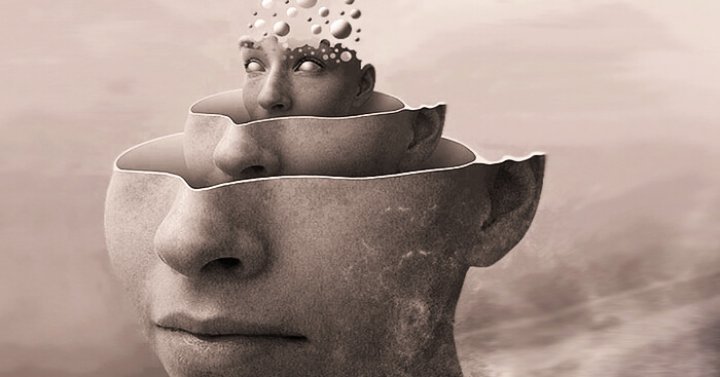Yoga – Process, Parallels, and Possibilities

Our Yoga Sutra discussion on SAMYAMA (integration) on Sunday brought up some really nice thoughts about how to approach this third chapter of The Yoga Sutras of Patanjali, knowing that a lot of this more internal work of yoga is about finding the words to explain the unexplainable. The idea of SAMYAMA is integral to the understanding of yoga and even to the understanding of our approach to yoga in the Iyengar method specifically. To actually “integrate” our body, mind, and spirit is a long and sometimes difficult process that really has to be found in stages. And now that we are beginning to read of these “special powers” in the third chapter, how do the external practices of the first five limbs give us parallels to what occurs on the deeper levels of experience and consciousness of dharana (concentration), dhyana (meditation), and samadhi (ultimate freedom)?
The first thing to remember is that yoga IS a process and each layer of yoga is present in every other layer. It is not as if we “conquer” one limb and then get promoted to the next. For most of us, the first limb of the Yamas (moral precepts) is not at all something we will truly perfect in this lifetime, but we can find ways to work toward those goals on different layers. What exactly is a “perfect asana” anyway? It is not about the shape or the form itself, not an “action to nail” or a “bliss” you may think you need to reach, but it is about the full connected experience of our entire being working in unison.
So when we get to the more internal workings of yoga, connecting with and understanding the movement of the breath and drawing of the senses away from external distraction and toward a more pure and steady consciousness (Pranayama and Pratyahara), we start to see layers and parallels of experience just on deeper and deeper levels of our Self.
For example, our first goal in Iyengar Yoga is to bring you to a state of connecting the mind and the body in action. To just act is how we go through our normal day – we are all doing something throughout the day – but how aware are you of your body while doing those things? Even when you are just standing in line, do you know what your feet are doing? What your hips feel like? How your mind is racing to other things besides standing in line? To be fully present for most of us is jarring and sometimes off-putting, but it IS necessary to move through the process of yoga.
Once we can stay steady for a moment, long enough to connect the mind to the body, then the breath might also be moved into the space we created by the action. Instead of just “doing” a posture, we stay, breathe, and allow the breath to penetrate so that we can sense the inside and the outside of our being.
Begin to focus that experience down from the action of the WHOLE body, to maybe just one piece, sense, or action – dharana is the concentration on one point or thing. Much of the time you might find your Iyengar Yoga teacher asking you to focus on a body part or an action specifically and over and over again. The mind in meditation needs to be brought back to its one point or region of focus over and over again.
Deeper still, once you might have a focus on that one point or region, your breath is pulsing, and you are fully in that action or area, you dissolve into it, lose track of time and your Self, and the knowledge of that point or region becomes complete, unhindered by individual judgement or opinion.
This becomes SAMYAMA, the integration that “can be applied in various spheres (of being) to derive its usefulness” (Yoga Sutra III.6). This full understanding and experience of certain areas of our begin bring about “supernatural”, or what I like to call “naturally SUPER” powers. It isn’t just magic, but a subtler and subtler process through the parallel layers of our human experience.
It seems crazy to even contemplate these powers as we all just struggle to touch our toes, but within that very struggle of a deeper stretch or a stronger hold lies the possibility of something greater, more amazing than any one of us could even imagine!